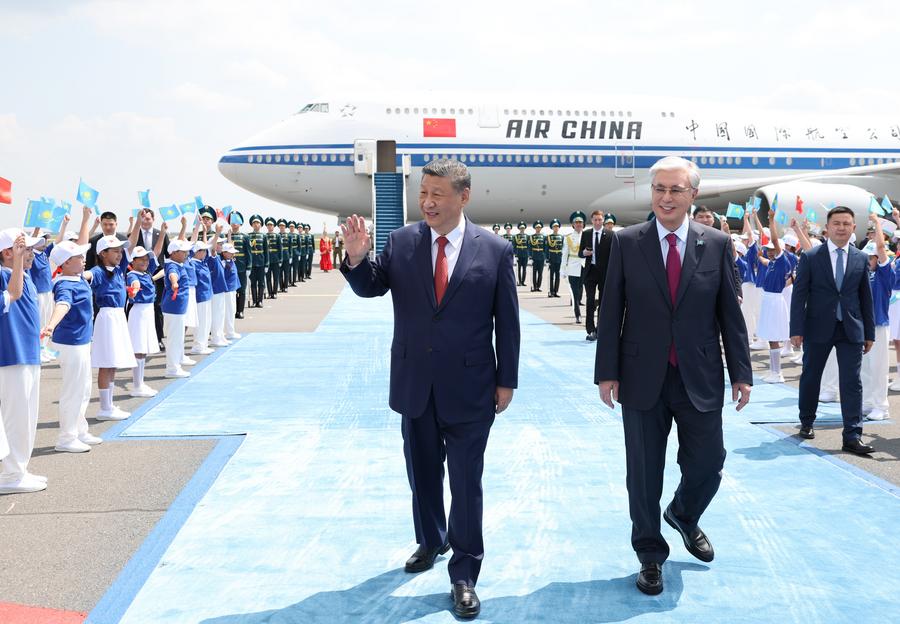During the Second China-Central Asia Summit to be held this week, leaders of the region’s countries will chart a new roadmap for future cooperation, open up new areas of cooperation under the Belt and Road Initiative (BRI), and further strengthen the China-Central Asia community of shared destiny. The statement was made by Chinese Foreign Ministry spokesperson Guo Jiakun at a press conference on Monday.
Guo noted that Central Asia is not only where the BRI was first proposed, but also plays a leading role in high-quality BRI cooperation. Recalling that cooperation documents under the BRI have been signed between China and the five Central Asian countries, the spokesperson said that many important projects supporting regional development and improving people’s lives have been implemented. Trade volume between China and Central Asian countries reached a record high of 674.15 billion yuan in 2024. This figure represents a 116 percent increase compared to 2013. Guo said that a new model of mutually beneficial cooperation has been developed thanks to the China-Kazakhstan Crude Oil Pipeline and China-Central Asia Natural Gas Pipeline projects. The China-Tajikistan highway, China-Kyrgyzstan-Uzbekistan highway, and railway projects have elevated regional connectivity to new heights. Cooperation areas have been expanded to include new sectors such as the digital economy and green transformation. Guo also noted that China has implemented mutual visa exemptions with Kazakhstan and Uzbekistan, that the Luban Workshops project is progressing rapidly, and that people-to-people exchanges are gaining momentum. He emphasized that high-quality Belt and Road projects are now at the core of China-Central Asia cooperation.
https://www.chinadaily.com.cn/a/202506/16/WS6850361ea310a04af22c696e.html

